
- Homepage
- Certification
- Country
- Currency
- Grade
- Type
- Banknote (265)
- Banknote - Bill (8)
- Banknotes (3292)
- Collections, Lots (82)
- Colonial Currency (8)
- Commemorative Issue (4)
- Confederate Currency (21)
- Emergency Issue (10)
- Errors (5)
- Fractional Currency (25)
- Military Currency (17)
- National Bank Note (10)
- New Iraqi Dinar (9)
- Notes (54)
- Polymer Notes (40)
- Replacement Note (4)
- Replacement Notes (5)
- Specimen (4)
- Specimens (27)
- Uncut Sheets (3)
- Other (262)
- Year
10 X Authentic Zimbabwe 100 Trillion Dollars Banknotes, Superb Currency, AA/2008
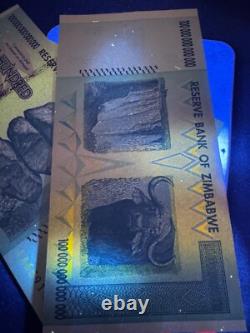
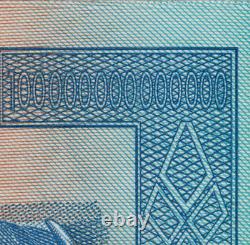
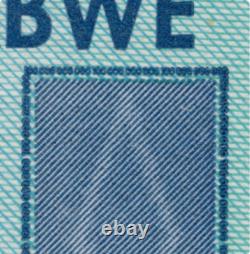
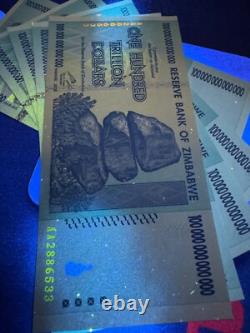
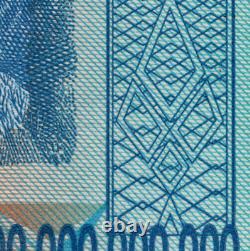







We're here to help others re-build with integrity, and together we can make sure you're getting the genuine 10 X 100T banknote every time. Don't come at us with that stalking nonsense or using random shops as a comparison-we're THIRD-PARTY CERTIFIED, graded by the official pros. If you're salty about it, keep it moving and shop with YOUR supplier. But we know you KNOW who's got the juice. De La Rue has not been used for the Zimbabwean Dollar (ZWD) banknotes, and the main reason for this is tied to Zimbabwe's unique economic situation during the period of hyperinflation and the country's decision-making around printing its own currency. Here's why De La Rue was not involved. Hyperinflation Crisis : During the peak of Zimbabwe's hyperinflation in the 2000s, the country's central bank, the Reserve Bank of Zimbabwe (RBZ), faced a dire need for rapid currency production. Due to the extreme economic conditions, they relied on (local or alternative international suppliers to print currency), often using cheaper methods that didn't involve high-security printers like De La Rue.
Political and Financial Issues : Zimbabwe's political and economic instability during this period meant that the country was unable to sustain long-term contracts with major international currency printers like De La Rue. They turned to other printing solutions to get currency quickly and at a lower cost.
Currency Collapse : The Zimbabwean Dollar went through several redenominations, and in 2009, it effectively collapsed and was abandoned as the country switched to using foreign currencies (like the US Dollar) to stabilize the economy. This made the use of De La Rue redundant in Zimbabwean currency production at that time. In summary, De La Rue wasn't involved with Zimbabwean Dollars due to the country's urgent need for mass production of currency during a period of hyperinflation, limited resources, and ongoing economic challenges.We want to clarify that Banknote World is not an official authority on Zimbabwean currency. The reality is that Zimbabwe's banknotes were printed at different times, using different presses, in different countries, and even utilizing a mix of mechanical and digital printing methods. Naturally, this results in slight variations in features such as alignment, coloration, and security strip placement. Banknote World deliberately capitalizes on these natural anomalies to create fear and uncertainty, pushing buyers toward their own overinflated prices.

